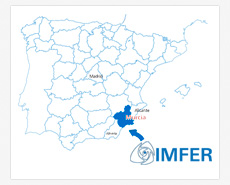
ROPA Technique (shared motherhood): Reception of Oocytes from Partner
Spain is a world leader in the field of Assisted Reproduction thanks to the laws that regulate this activity since 1998. Also, in contrast to other countries, Spanish laws have been less restrictive, which has allowed us to develop new techniques of Assisted Reproduction. The recently implemented ROPA technique (Reception of Oocytes from Partner) intended for lesbian couples is just one of the many examples that confirm this evidence. This technique, which has become increasingly popular among same-sex couples, consists on fertilising the oocytes of one of them, and transferring the embryo to the partner’s uterus, so that both women can actively participate in the creation and delivery of the baby.
Single women or lesbian couples have typically resorted to the use of sperm from a donor, with the most convenient technique for each case (insemination, IVF, egg donation or embryo adoption). In this case, the ROPA technique is more attractive, since it makes “shared motherhood” possible, as the participation of both women is indispensable.
The process is simple: after the ovarian stimulation of the woman providing the eggs, these are retrieved by ovarian punction. In the IVF laboratory the embryos to be transferred are created. At the same time, the other woman undergoes a hormonal treatment with oestrogens in order to provide a good endometrial thickness, where the transferred embryo will implant.
The chances of pregnancy are normally excellent, since the embryo is simultaneously produced along with an optimal endometrium, although, as always, the age of the woman providing the egg determines to a large extent the chances of success.




IMFER NELLE RETI SOCIALI